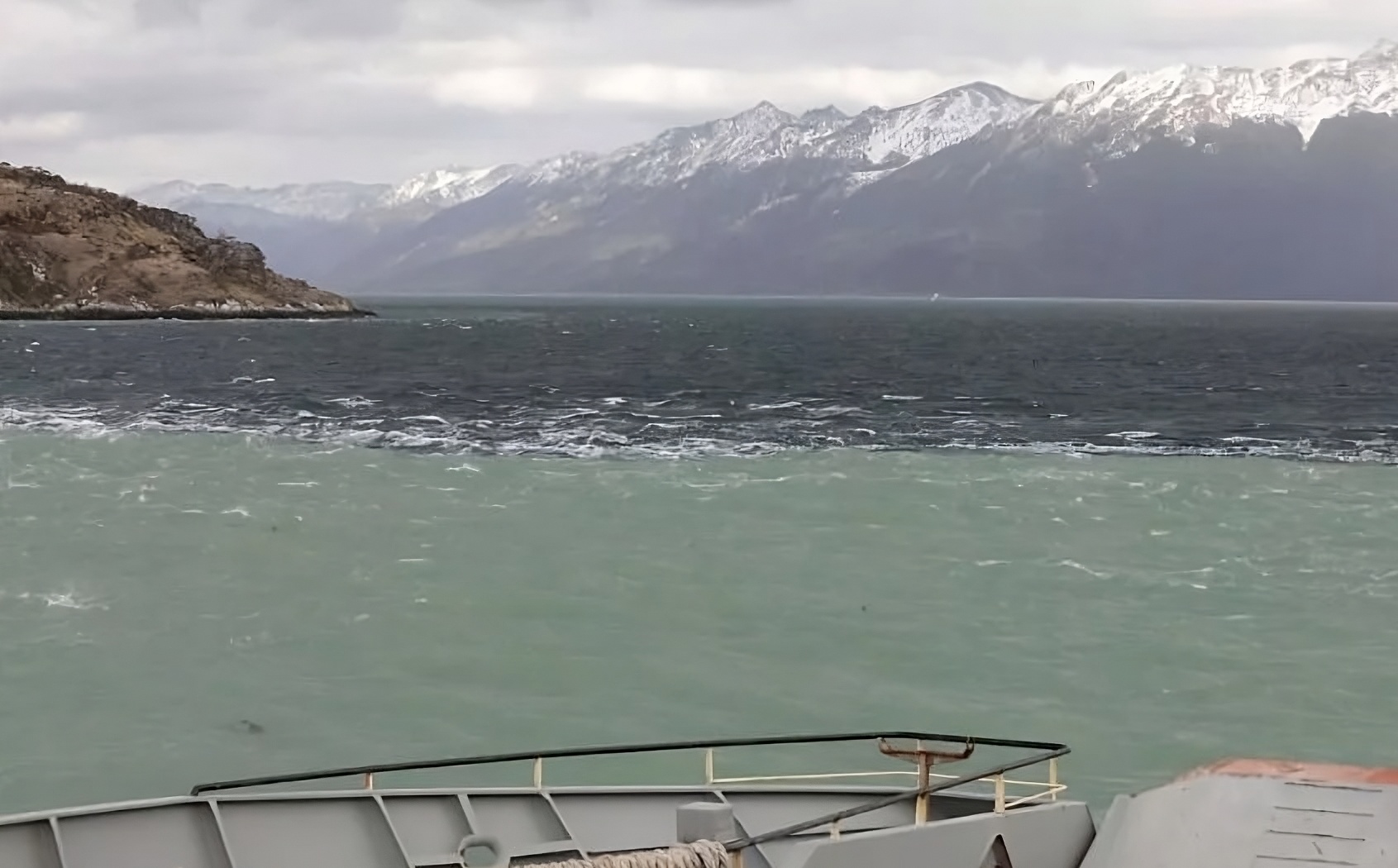Follow us on Google News (click on ☆)
The color of the sea primarily depends on how water absorbs and scatters sunlight. Red and yellow wavelengths are absorbed within a few meters, while blue penetrates deeper and reflects back to our eyes. The purer and deeper the water, the more intense the blue becomes. This is why, in oceanic areas far from the coast, we observe that deep, intense blue.

But as soon as you approach the shores, other factors come into play. Sediments carried by rivers or stirred up by waves make the water murkier: light scatters on mineral particles, tending toward green or brown tones. For example, after heavy rain, the Amazon dumps so much silt into the Atlantic that the sea takes on a milky coffee color for several dozen kilometers (tens of miles).
The presence of phytoplankton also affects the hue. These chlorophyll-rich microorganisms absorb blue light for photosynthesis and reflect a characteristic green. Phytoplankton "blooms" can thus transform a normally blue sea into a vast green expanse, particularly visible from satellites.
Algae and other marine microorganisms (bacteria, diatoms) can, in turn, cause red or brown tides due to specific pigments they contain. These phenomena, sometimes associated with toxicity, are more frequent in warm, shallow waters where temperature and nutrients promote their proliferation.

Meeting point between the Atlantic and Pacific Oceans at the Beagle Channel, Tierra del Fuego, Chile.
Credit: DEA/GIANNI OLIVA
Finally, the structure of the seabed influences the perceived color. White sand or a light coral reef reflects more light, enhancing turquoise tones, while a dark rocky bottom or deep seaweed absorbs more light, darkening the color.
Thus, four main factors determine the sea's color palette:
- the selective absorption of wavelengths by water,
- the presence of particles and sediments,
- marine life (phytoplankton, algae, bacteria),
- the nature of the seabed.
These combined elements explain why the same body of water can shift from crystal-clear blue to emerald green or even deep brown depending on the season.